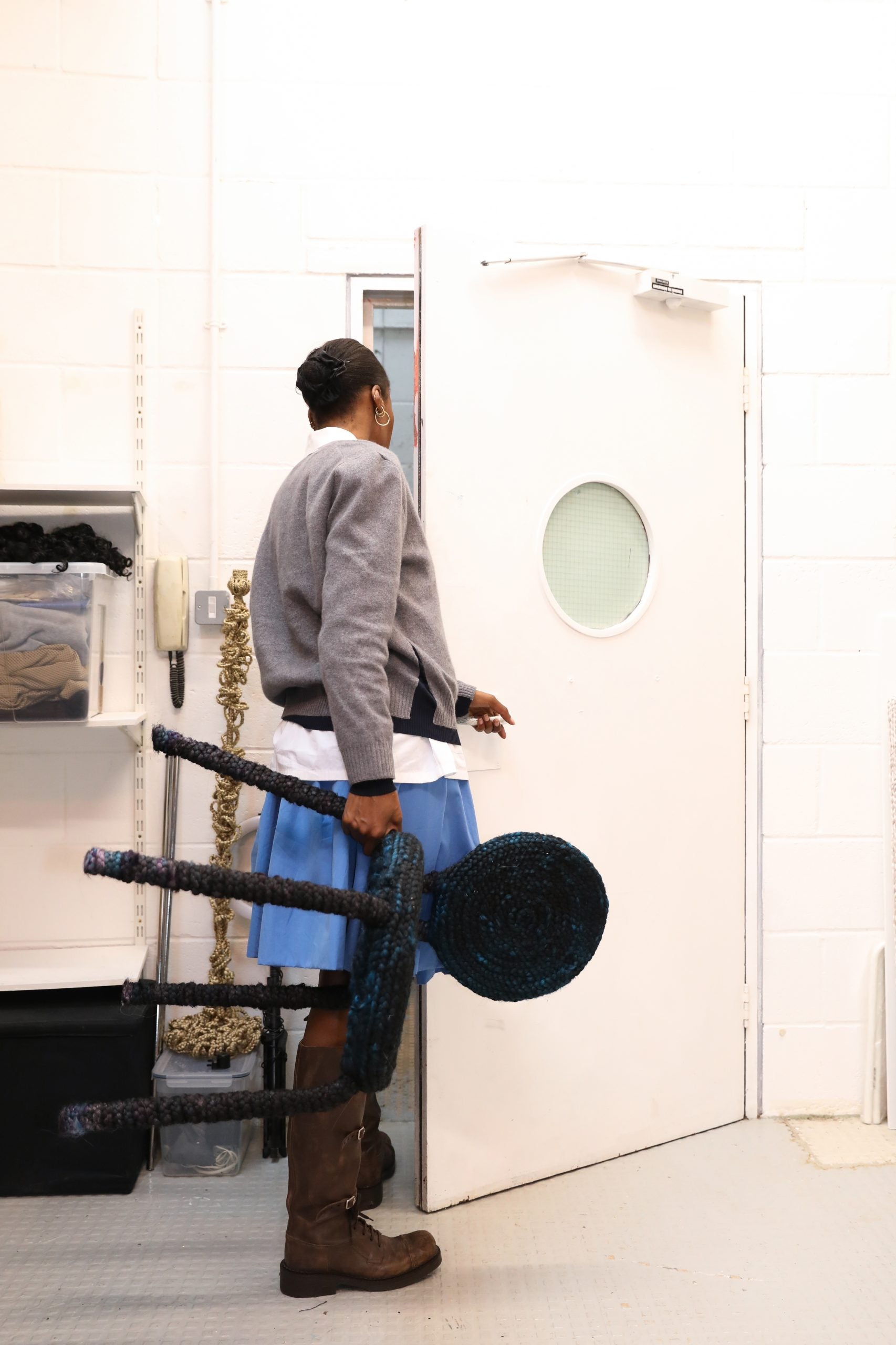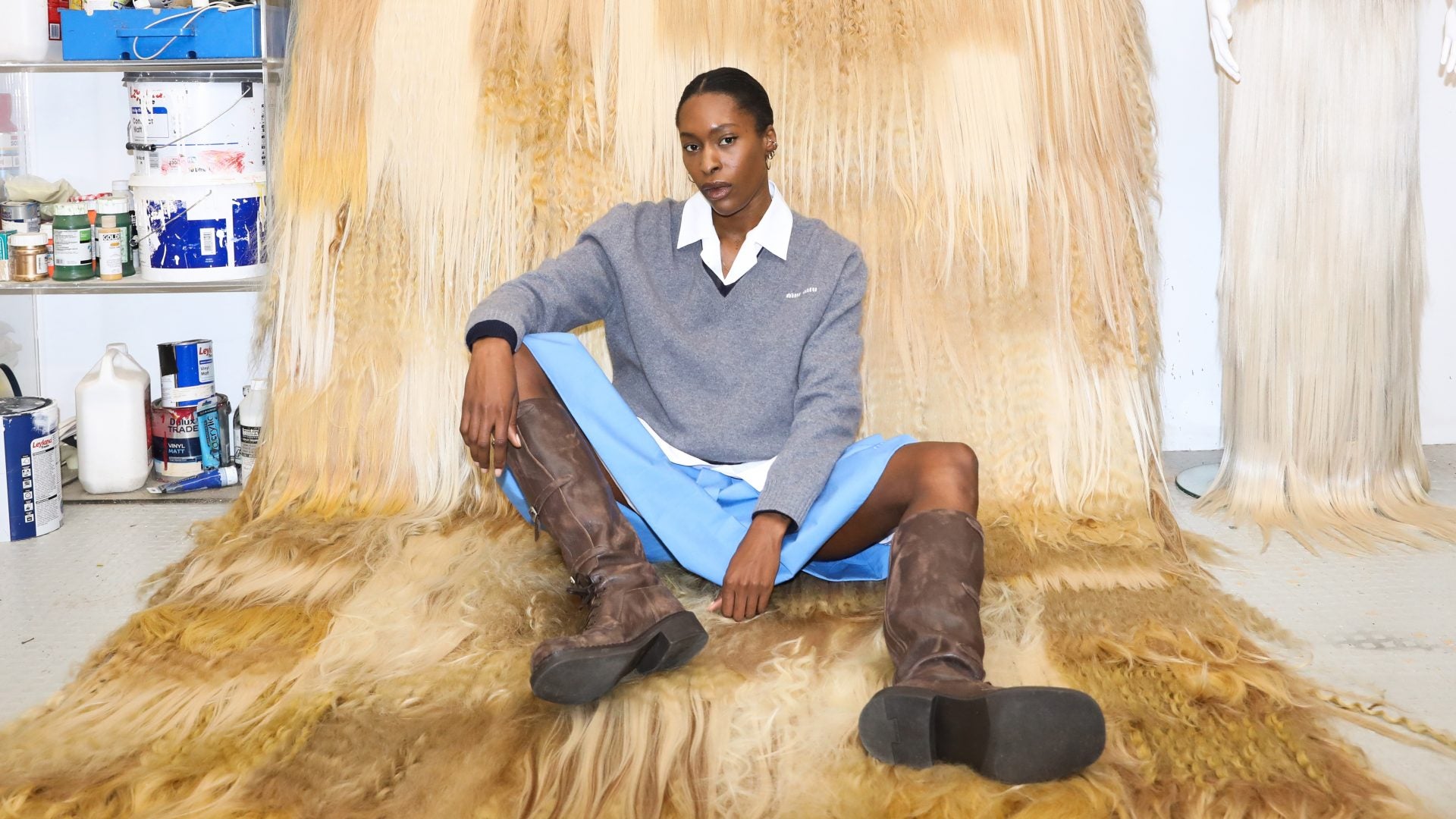
“In The Chair With” spotlights the incredible hairstylists in our community who are giving us major inspiration. Each week, they discuss their personal hair and career journeys, what they’ve learned from their clients, and their top hair care tips.
10 years in, Taiba Akhuetie is 100 years ahead. Immediately after learning how to braid, the hairstylist launched her hair brand Keash in 2014, which first operated as a small braiding bar before expanding into a full-throttle creative hair salon. “I’d work in different places doing pop-ups, which led to doing music videos, editorials, [and more],” Akhuetie tells ESSENCE. “My braiding style is quite creative.”
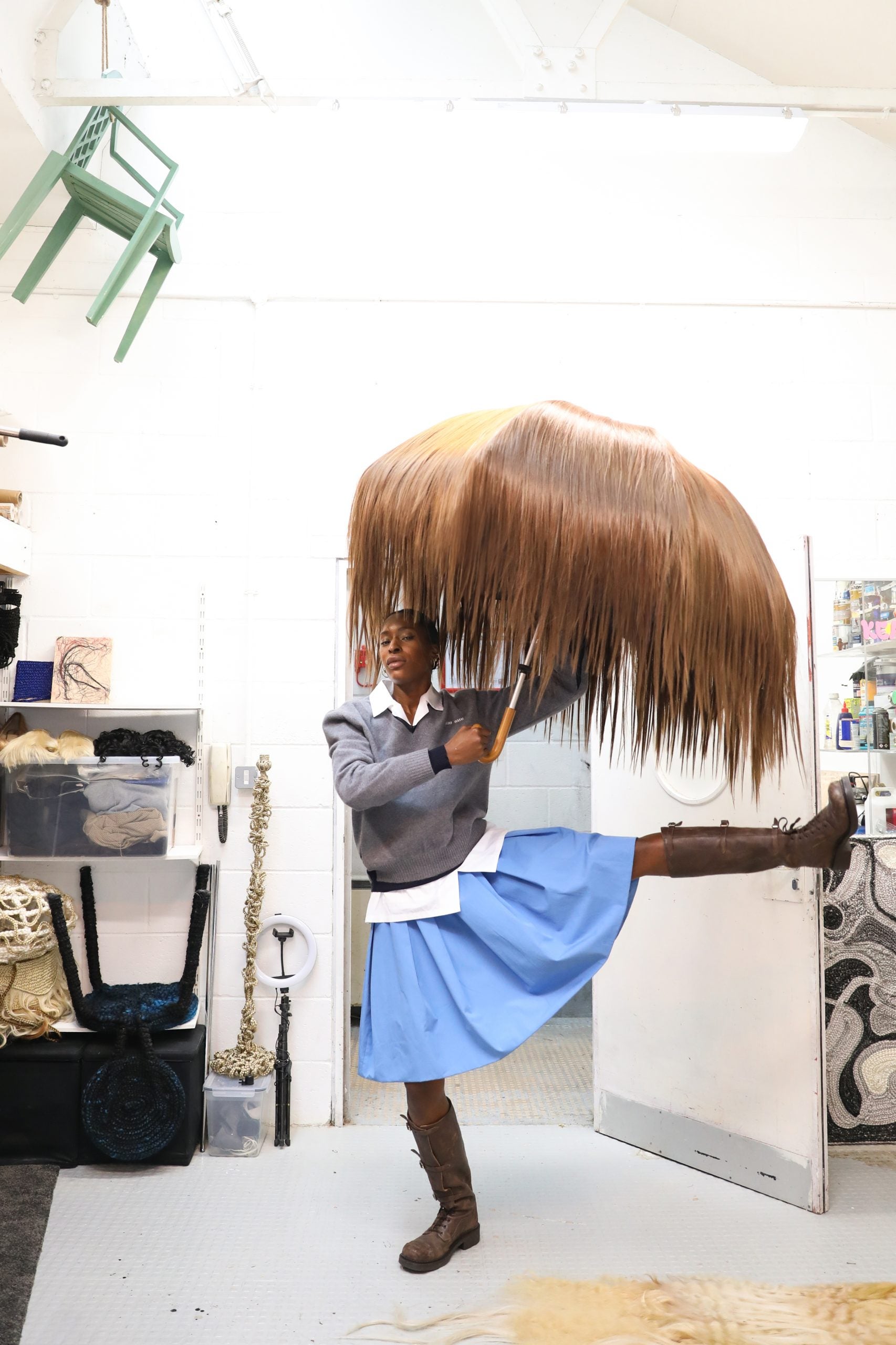
Known for her braided sculptures, which span coiffed objects—like mirrors, chairs, and ties—to celebrity clients including Skepta’s “Shutdown” video and Tems’s hair dress at the Met Gala after party, her work has been seen in imaginable places. “I do a lot of freestyling and work with things that aren’t necessarily meant to go in hair,” she says, using anti-waste DIY techniques she learned from her Nigerian-British roots.
Born in south-west London, the self-taught hair stylist is known on a first name basis throughout the city. (Much like Beyoncé, who’s blonde hair was the foundation of her first hair-related memory.) The likes of FKA Twigs to Jorja Smith and even Fiorucci catwalks have caught onto her skills over the years, leading up to the presentation of her work in museum-like settings.
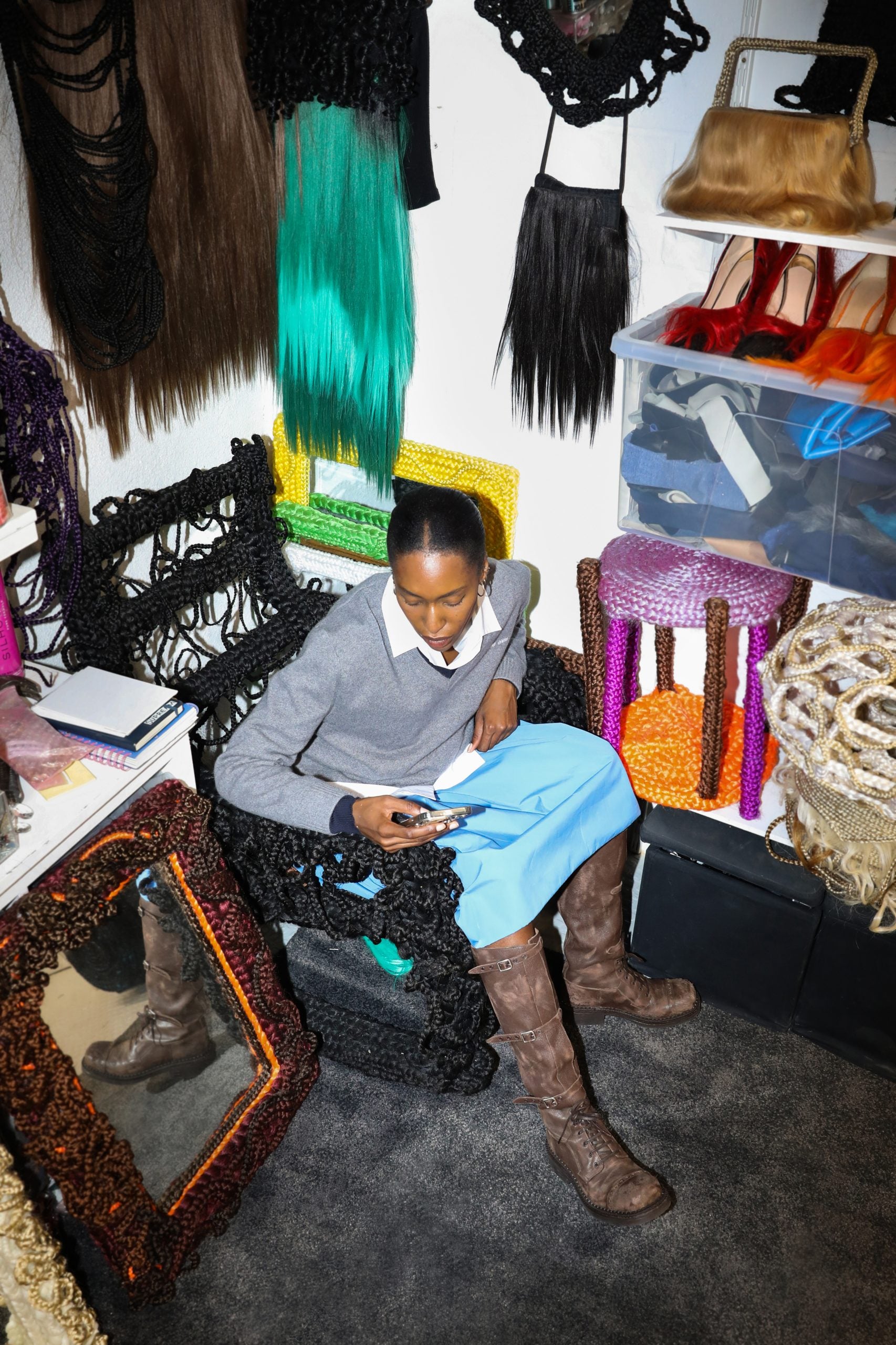
Launching her first solo exhibition in 2022 entitled We Need More Black Hair, her first step—an intimate dinner with her work present—inviting us into her world of hair is certainly not her last. This year, Akhuetie has a new exhibition up her (woolly) sleeve, which, according to her, will likely debut in the spring. A hint? She’s going “to show people hair styling as an art form, the wearable pieces, and the physical art pieces all in one space.”
Until then, read on for more about Taiba Akhuetie’s favorite products, debunked hair myths, and what she’s learned over the years.
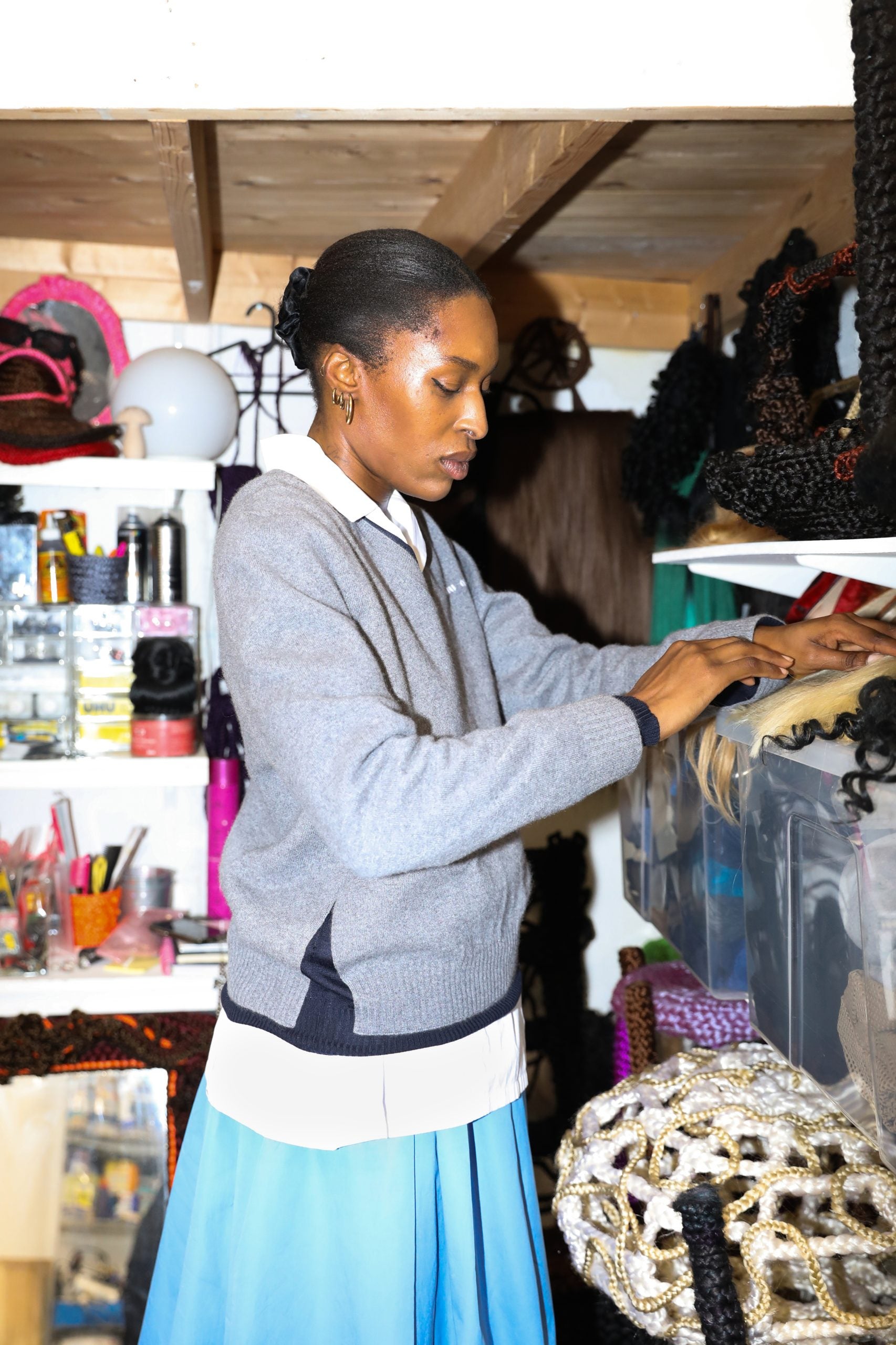
Probably when my mom let me get blonde braids because I was always really obsessed with Beyonce’s blonde hair. My mom would always be the one to decide what we got, but then she allowed me [to choose] at some point, I think I was 15 or 16, and she let me get blonde braids. That was probably my earliest memory of being allowed to choose what hairstyle I had.
Her favorite products:
Products that are key to my work are gel, Göt2b Glued gel, because I’ve used that quite a lot with slicking, braiding, and creating sculptures, as well as the Göt2b Glued spray, because I use that on the head and off the head to secure hair when I’m working with her.
[As for] general hair care products, I would say it varies depending on what I’m doing with the hair. I use coconut oil on my scalp and on other people’s scalps and make my own mixes of things like rosemary, water, and argan oil. I don’t have specific key brands I solely use. It really depends on the hair type I’m working with.
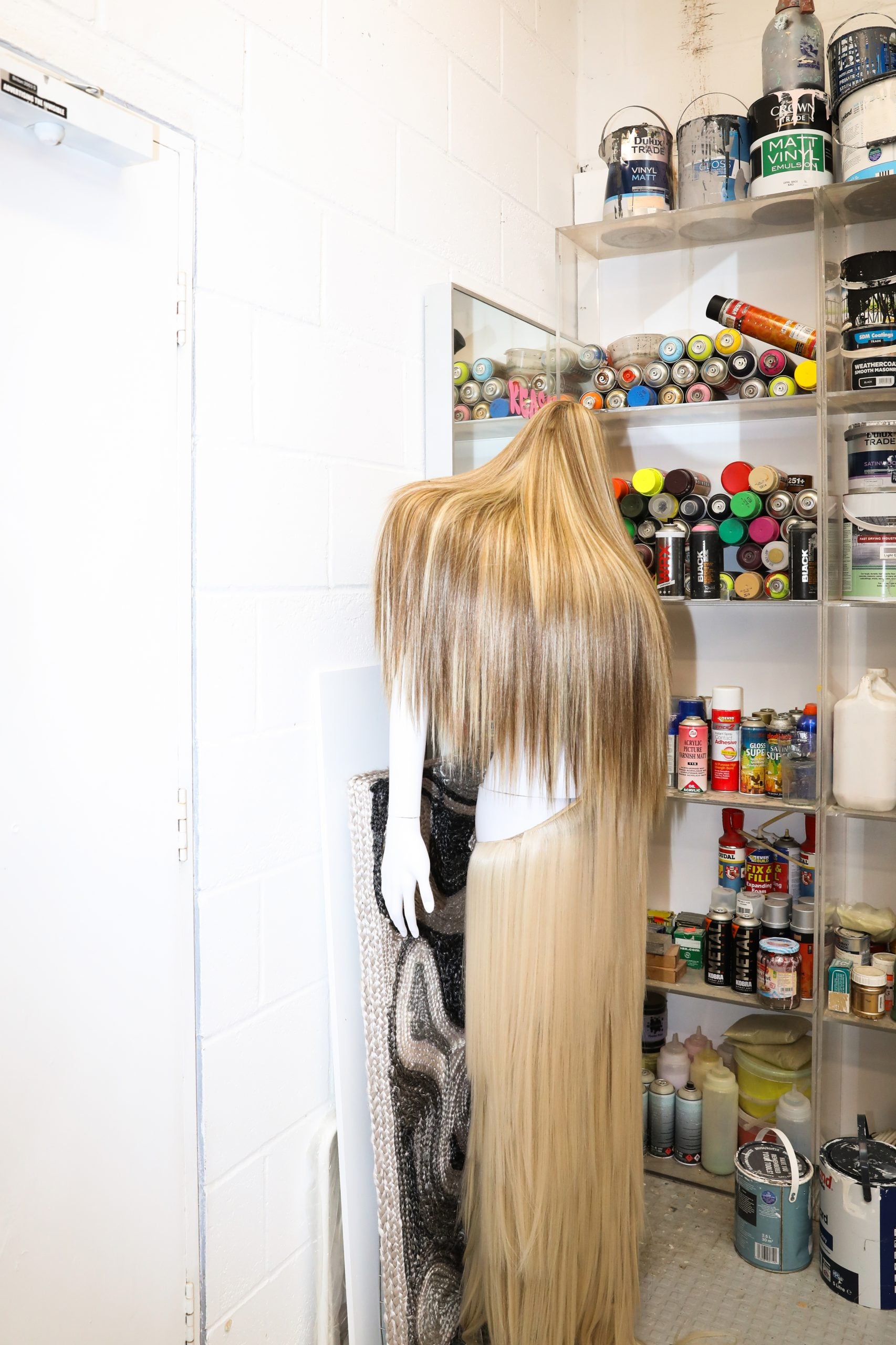
Her favorite hairstyles:
That does change, but I do like doing a basic slick back, because I think there’s so many different ways you can do it and you can zhuzh it up with a braided detail in the ponytail. Or, you could do a really cool long detail in the braid, add gems or crystals to the base of the slick back of the hair. I think slick backs are probably my favorite thing to work with at the moment.
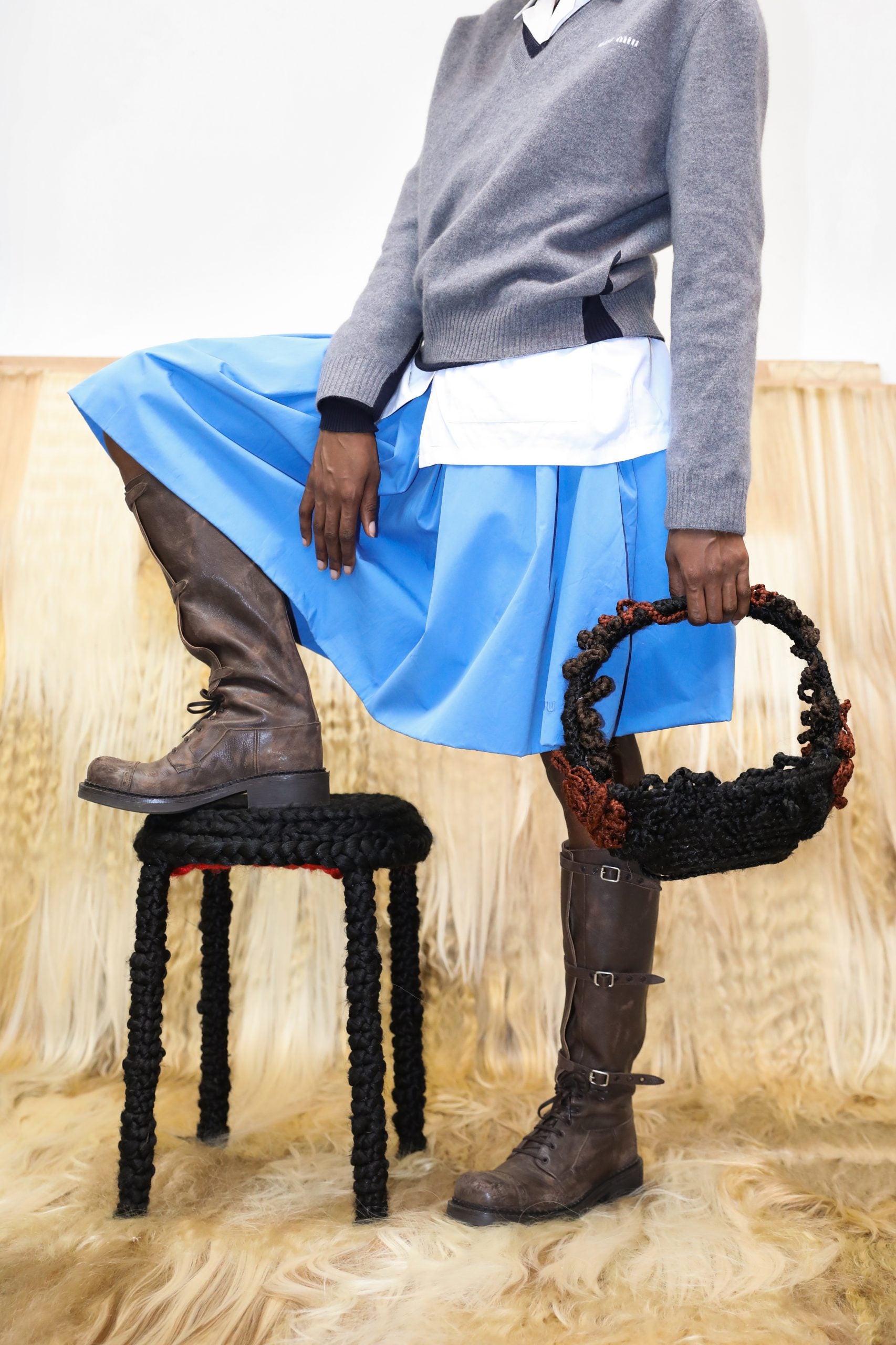
Her top healthy hair tips:
Keep your hair moisturized, I would say. I think that applies to everyone. Obviously, if you have afro hair, you have to do that a bit more. But, I would say keeping your hair moisturized is really key to growth and strength. Not wearing your hair in the same style all the time. Allowing your hair to breathe and not washing your hair too much. I think that applies to everybody. I think washing your hair too much can often take out the good oils in your hair.
A hair care myth she’d like to debunk:
Braiding your hair and wearing wigs are “protective” because I don’t think that applies to everybody, and I think often, especially with wigs, people don’t realize the damage it does to your edges. I think people can leave their hair braided for a while, have wigs, but what they’re not realizing is, when they’re pulling their hair at the front to position the wigs in the right place, that’s causing friction on your edges. I think that’s quite damaging and [that goes for] braiding your hair as well. Braiding can be good, but I think sometimes if you’re doing it consistently, that can cause a lot of damage.
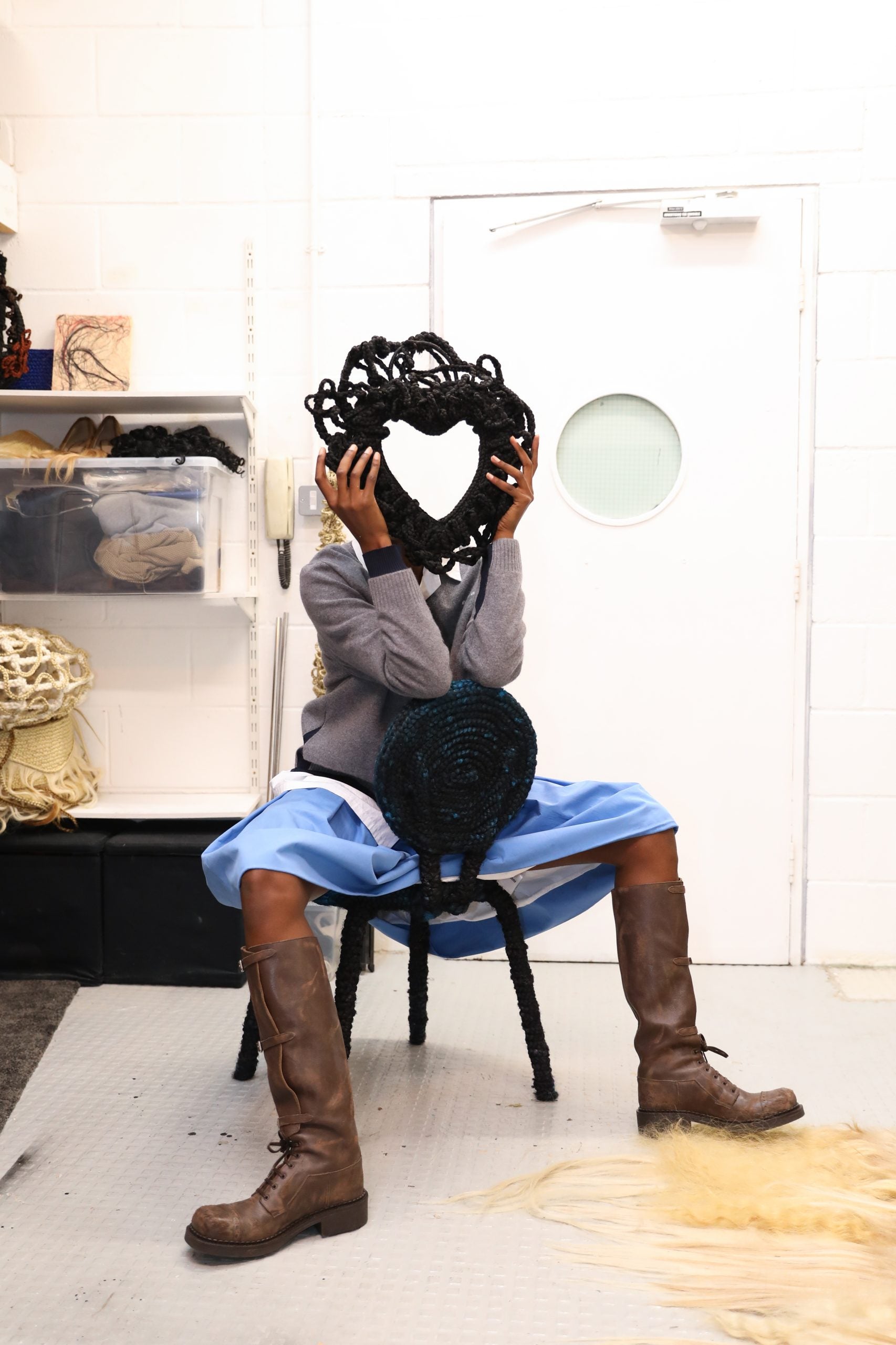
What she’s learned from her clients:
I’ve learned people don’t feel comfortable enough to give their opinions when they’re getting their hair styled and will often allow anything to be done to their hair without thinking about what their hair is. I’ve also learned people don’t take their hair as an individual, and they kind of follow what other people think, so I always try to give advice to people and tell them to look at their hair as an individual and not in the same light as other people.
How she uplifts her clients:
It’s so easy to tell people what they want, and that’s an easy route to making someone feel good. But actually, honesty is the main thing that uplifts my clients, personally. I won’t just do whatever you like, if you say to me, ‘I want this,’ and I think that is gonna be bad for your hair. I’ll tell you what I think is good for your hair. I think that makes people feel good about themselves because they learn to think about things differently and appreciate their hair as it is, and not try to do other things because they think it’s gonna make them look better or feel better.
